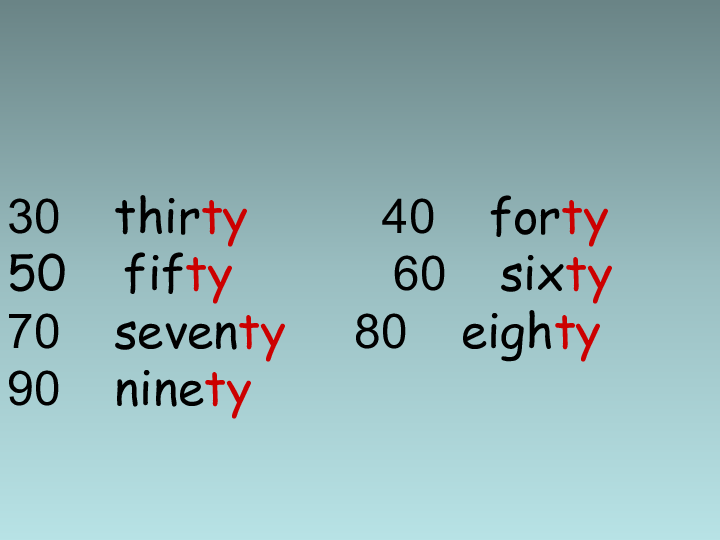## Unlock Your Future: How to Get Student Loans for Your Education Dreams
### IntroductionIn today's competitive world, pursuing higher education can be a significant financial investment. However, for many students, the cost of t……
### Introduction
In today's competitive world, pursuing higher education can be a significant financial investment. However, for many students, the cost of tuition can be a barrier to achieving their academic goals. Fortunately, there are various options available to help you get student loans that can make your educational journey more accessible. In this article, we will explore the different types of student loans, how to apply for them, and tips for managing your debt effectively.
### Understanding Student Loans
Before diving into the application process, it's essential to understand what student loans are. Student loans are funds borrowed to pay for education-related expenses, such as tuition, books, and living costs. These loans typically come with specific repayment terms and interest rates, which can vary based on the type of loan and the lender.
### Types of Student Loans
When looking to get student loans, you will encounter two primary categories: federal student loans and private student loans.
#### Federal Student Loans
Federal student loans are funded by the government and usually offer lower interest rates and more flexible repayment options. The main types include:
- **Direct Subsidized Loans**: These are need-based loans for undergraduate students. The government pays the interest while you're in school.

- **Direct Unsubsidized Loans**: Available to both undergraduate and graduate students, these loans are not based on financial need, and interest accrues while you’re in school.
- **Direct PLUS Loans**: These loans are available to graduate students and parents of dependent undergraduate students. They can cover the total cost of attendance minus any other financial aid received.
#### Private Student Loans
Private student loans are offered by banks, credit unions, and other financial institutions. They typically require a credit check and may have higher interest rates than federal loans. However, they can be an option for students who need additional funding beyond federal loan limits.
### How to Get Student Loans
Getting student loans involves several steps:
1. **Complete the FAFSA**: The Free Application for Federal Student Aid (FAFSA) is essential for accessing federal student loans. Fill it out as early as possible to maximize your aid opportunities.

2. **Review Your Financial Aid Package**: After submitting your FAFSA, you'll receive a financial aid package from your school. This will outline the types and amounts of aid you qualify for, including federal loans.
3. **Consider Private Loans**: If federal loans do not cover all your expenses, research private loan options. Compare interest rates, repayment terms, and borrower protections.
4. **Apply for Loans**: Once you've decided which loans to pursue, complete the necessary applications. For federal loans, you'll need to sign a Master Promissory Note (MPN).
### Tips for Managing Student Loans
Once you get student loans, managing them effectively is crucial to avoid overwhelming debt:
- **Stay Informed**: Keep track of your loan balances, interest rates, and repayment terms.
- **Create a Budget**: Plan your finances to ensure you can make monthly payments after graduation.

- **Explore Repayment Options**: Familiarize yourself with different repayment plans, including income-driven repayment options that can lower your monthly payments based on your income.
- **Consider Loan Forgiveness Programs**: If you work in certain public service jobs, you may qualify for loan forgiveness after a set number of payments.
### Conclusion
Getting student loans can be a vital step in achieving your educational aspirations. By understanding the types of loans available, navigating the application process, and managing your debt wisely, you can set yourself up for success. Remember, investing in your education is an investment in your future. With the right approach, you can make your academic dreams a reality.